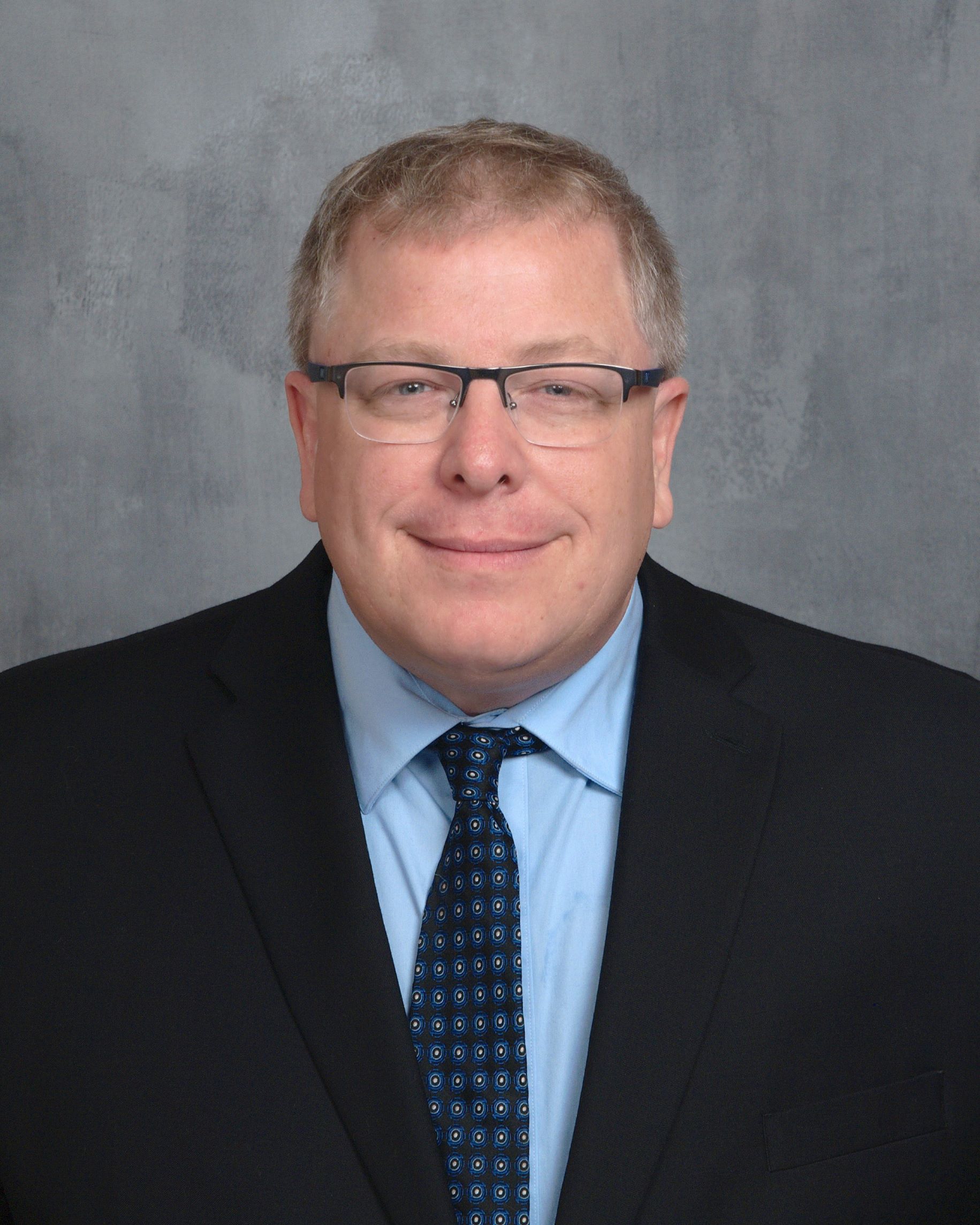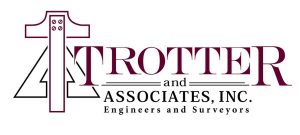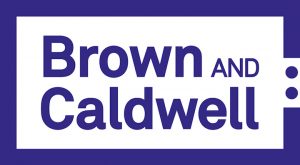 Join CSWEA
Join CSWEA
Here’s to another great year for the Illinois Section! The 2024 Annual Meeting in Schaumburg, Illinois had record-breaking attendance with loads of technical education, exhibitor showcasing and general camaraderie with colleagues and friends. So let’s Keep Up the Pace with another invigorating year of water innovation, education, and mentoring!
It is my honor to serve as the 2024/2025 Illinois Section Chair. I am excited to work with all of you to keep the excitement rolling as we head into the summer. Let’s please take a moment to thank our immediate past chair, Jason Neighbors, for his hard work and leadership in the Illinois Section. Thank you, Jason!
In addition, I would like to thank all the Committees for their hard work finding ways to promote and educate our group as well as mentoring the future of our industry. And none of this would not be possible without the hard work and dedication from our Executive Directors, Mohammed and Amy Haque.
Keeping up pace, we have many great events to choose from this year:
Speaking of operators, the Operations Committee continues its excellent training regimen with monthly scheduled Operator Training webinars. These webinars further operator knowledge, help prepare for that next certification or get in CEUs.
Also, the Biosolids, Energy, and Environmental Resource Committee (affectionately nick-named BEER Committee) will be planning its next annual seminar for November 2024.
These events are just a few of the many to come. After first of the year will be the Governmental Affairs and Laboratory/Pre-Treatment Seminars.
Watch the CSWEA website for upcoming events from all of the committees. If you are interested in getting involved and don’t know where to start, reach out to myself and or one of the committees that sounds interesting. I can speak from personal experience that it will be a welcoming environment and will open up opportunities to showcase your talents to help the Section. You will also find lifelong friends and colleagues to help you throughout your career along the way. Networking is an invaluable tool and helps to make us all stronger.
I am looking forward to seeing everyone out there this year at one of the many meetings, events, or social gatherings!
Keep Up the Pace!
Christopher Buckley PE, BCEE

To provide a Water Environment Federation (WEF) organization (Illinois, Minnesota, Wisconsin) offering multiple opportunities for the exchange of water quality knowledge and experiences among its members and the public and to foster a greater awareness of water quality achievements and challenges.




